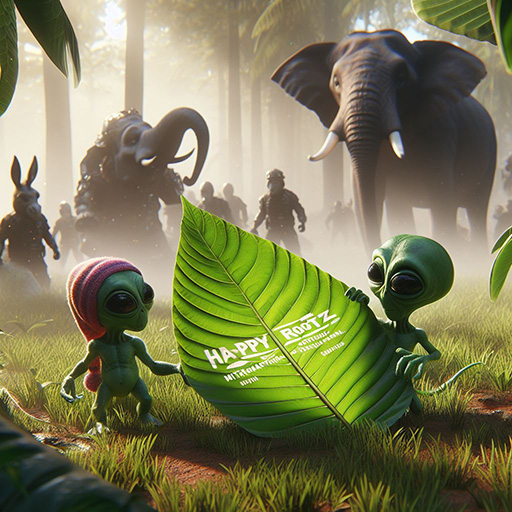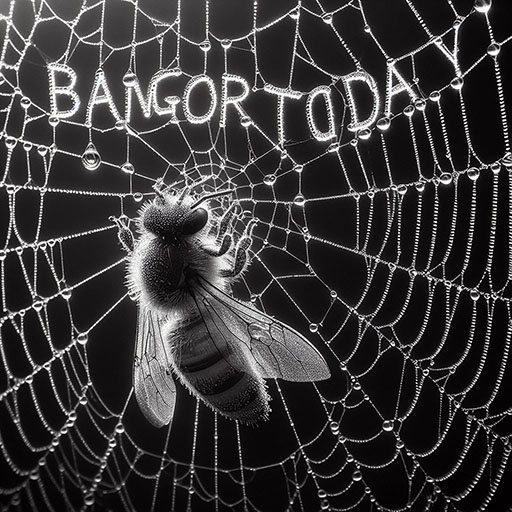Journalist Laura Trethewey takes us into the exciting world of ocean mapping. The Southern Ocean, near Antarctica, became a stage for adventure in 2019 when Victor Vescovo aimed to dive into the five deepest spots in the ocean. However, this ambitious plan faced challenges not only from storms and mechanical problems, as seen in a recent deep-sea incident but also from the fact that most of the world’s seabed remains uncharted.
Trethewey introduces us to Cassie Bongiovanni, a marine geologist, and sheds light on the larger issue of humanity’s connection with the oceans. In her book “The Deepest Map: The High-Stakes Race To Chart the World’s Oceans,” Trethewey emphasizes the significance of understanding our oceans as a key to preserving our planet. The story takes us along the California coast, to Canada’s Hudson Bay, and underwater in the Gulf of Mexico, showcasing the efforts of Seabed 2030, a global initiative to map the entire ocean floor by 2030.
In 2019, Seabed 2030 had mapped only 15% of the ocean floor with decent detail. The book discusses the progress made through crowdsourcing, advanced underwater drones, and collaborative efforts like Vescovo’s dives. By 2022, 23.4% of the ocean floor was mapped, revealing hidden histories and aiding remote communities. Trethewey acknowledges the dual nature of ocean mapping – it answers some questions while raising new ones.
As the book unfolds, it explores the potential consequences of finishing Seabed 2030. Trethewey reflects on historical instances where maps were not neutral tools but influenced by colonizers. The author navigates the conflicting interests in ocean exploration: scientists seeking knowledge, organizations prioritizing well-being, and those eyeing natural resources. The International Seabed Authority, tasked with regulating deep-sea mining, becomes a focal point, with its dual role of regulating mining and depending on mining royalties.
Trethewey emphasizes that acquiring information is just the beginning; it’s crucial to decide how to use that knowledge. The book concludes with a call for introspection alongside exploration to avoid mindlessly ticking off new frontiers. “Inner soul-searching must accompany outward exploration,” she notes, emphasizing the importance of mindful decision-making about our planet’s remaining frontiers.



